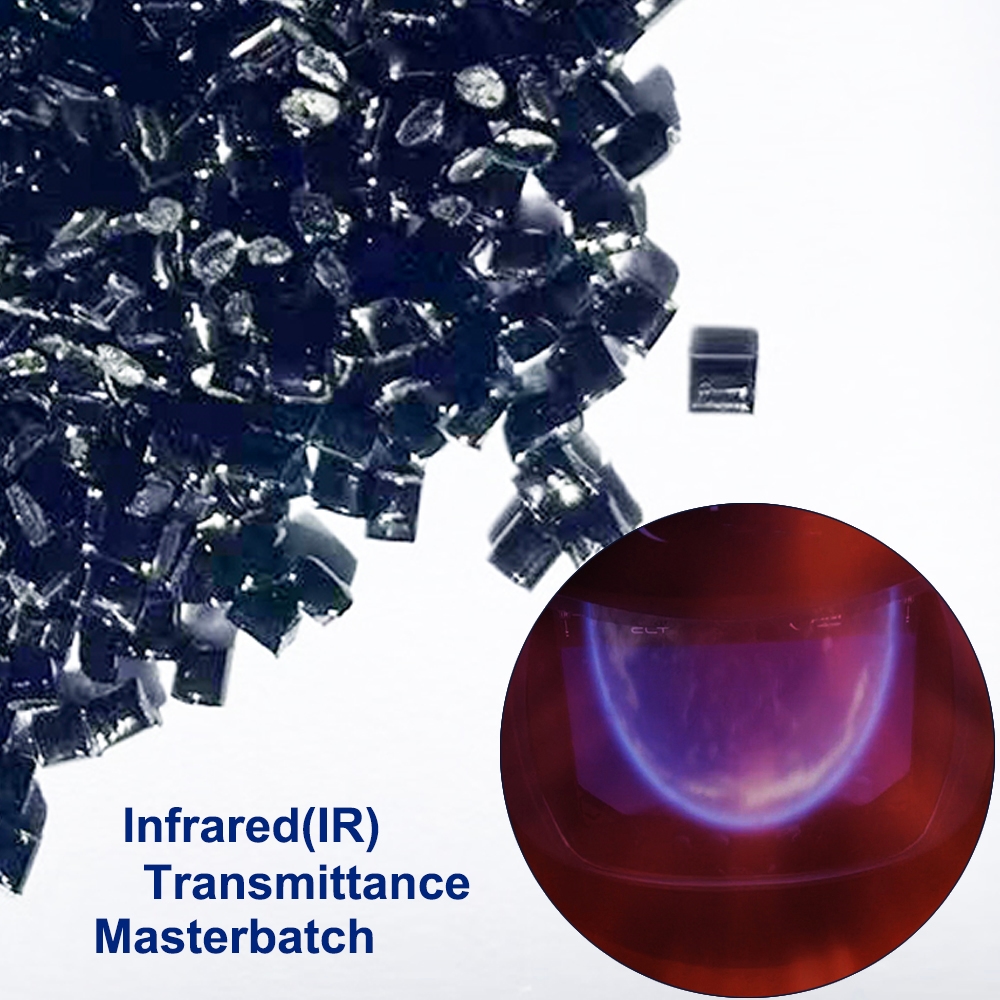
- +8615880211820
- [email protected]
- Tongan Industry Park, Xiamen
| Product name | Infrared Transmission Masterbatch |
| Appearance | Black Granule |
| Infrared Transmittance | 90% |
| Visible Light | 1% |
| Solid Content | 10% |
| MTransmittance Weavelength | 780nm |
| Melting Point | 260℃ |
Infrared Transmission Masterbatch (also called IR Transmission Masterbatch or NIR-Transparent Masterbatch) is a functional plastic additive designed to allow plastics to block visible light while transmitting infrared (IR) light at very high efficiency.
Unlike conventional black or colored masterbatches, IR Transmission Masterbatch ensures extremely low visible-light transmittance (≤ 1%) while achieving IR transmittance levels above 90%, making it ideal for applications that rely on infrared communication or detection.
Iplastar provides high-performance infrared transmission masterbatches compatible with PET, PP, PC, PMMA, ABS, and other engineering polymers.
Below is a detailed comparison table summarizing the functional features, optical characteristics, processing behavior, and application benefits of Iplastar’s Infrared Transmission Masterbatch.
| Category | Details |
|---|---|
| Function | Enables plastics to transmit infrared light while blocking visible light; supports infrared communication, sensing, and detection. |
| Visible Light Transmittance | ≤ 1% (dark/opaque appearance to human eyes). |
| Infrared Transmittance (NIR) | ≥ 90% in key IR wavelengths (typically 850 nm, 940 nm or as required by the device). |
| Appearance | Black, dark brown, deep violet, or customized dark colors. |
| Compatible Polymers | PET, PP, PC, PMMA, ABS, and other engineering plastics. |
| Processing Methods | Injection molding, extrusion, blow molding, and film production. |
| Thermal Stability | Suitable for 180–300°C depending on carrier resin. |
| Recommended Dosage | Typically 2%–6% depending on target transmittance and resin type. |
| Key Advantages | IR transparency, stable signal transmission, strong visible-light masking, aesthetic dark appearance, good dispersion, consistent performance. |
| Typical Applications | IR sensor windows, remote control panels, smart-home devices, LiDAR covers, security cameras, NIR optical films. |
The unique optical behavior of IR Transmission Masterbatch comes from a combination of advanced pigments and specialized formulation design.
Pigments purposely absorb visible light (400–700 nm), giving the material a dark, opaque look that hides internal components.
In the near-infrared spectrum (780–2500 nm), these pigments allow extremely high transmission, enabling IR devices to function properly.
Through twin-screw extrusion and refined dispersion techniques, pigments integrate smoothly with the carrier resin—ensuring consistent optical performance and high production stability.
Perfect for use in:
IR remote-control windows
Sensor housings
IR receivers / transmitters
Smart detection devices
Provides a premium dark appearance while ensuring the device’s internal components remain concealed.
Minimizes signal interference and enhances detection accuracy.
Iplastar’s IR Transmission Masterbatch can be used with PET, PP, ABS, PC, PMMA, and more.
Used in remote-control panels, TV receivers, AC units, and multimedia devices.
Ideal for proximity sensors, motion detectors, smart switches, and smart robotics.
IR cameras, CCTV housings, and night-vision windows require IR transparency for accurate sensing.
LiDAR windows, gesture-recognition panels, and IR-assisted parking systems rely heavily on IR-transparent materials.
Used for manufacturing IR-pass membranes and sensor windows.
When selecting an IR masterbatch, evaluate:
Target IR wavelength (850 nm / 940 nm / 1550 nm etc.)
Compatibility with your polymer
Processing conditions
Required color tone & opacity
Final product performance requirements
Iplastar offers customized grades for specific wavelengths and engineering resins.
Infrared Transmission Masterbatch is an essential material for modern electronics, smart devices, and optical sensing systems.
With its ability to block visible light while transmitting infrared, it enhances both aesthetics and performance in products such as IR remotes, sensors, LiDAR systems, and infrared cameras.
Iplastar’s IR Transmission Masterbatch delivers high IR transparency, excellent dispersion, polymer versatility, and strong visual masking—making it a reliable solution for advanced infrared-enabled applications.
Our masterbatches find a multitude of applications across diverse industries. Whether in plastics, textiles, or various manufacturing processes, our masterbatches play a pivotal role in enhancing product quality and performance. With customizable formulations, they offer color consistency, UV protection, flame resistance, and more, making them the go-to solution for countless applications. From automotive parts to packaging materials, our masterbatches are the trusted choice for achieving superior results across a wide spectrum of industries.
Our custom masterbatches are designed to match specific polymers, ensuring optimal performance when incorporated into your selected material. We have the capability to produce masterbatches suitable for a variety of polymers mentioned below, and many more. If you’re working with a material that isn’t listed here, please don’t hesitate to reach out to our knowledgeable technical team to explore the possibility of meeting your specific needs.

Low Density Polyethylene – Somewhat more translucent than HDPE and considerably more pliable, primarily employed in flexible packaging, tote bags, pliable tubing, film applications, and similar uses. Like HDPE, it has limited transparency characteristics. It exhibits outstanding chemical resistance to alcohols, acids, and alkalis but has restricted resistance to hydrocarbon solvents and mineral oils. Prolonged exposure to UV radiation can initiate degradation.
High-Density Polyethylene – Featuring a somewhat milky-white appearance, this material finds wide application in rigid bottle packaging, injection-molded caps and closures, crates, and more. Its natural opacity can limit the degree of transparency attainable. HDPE exhibits superior chemical and solvent resistance when compared to LDPE.


PPCO Random & PPHO – A polymer with moderate clarity, employed in the production of caps and closures. It is also utilized for crafting household items, buckets, toys, and storage containers. Polypropylene offers flexibility without significant limitations on color or special effects. Random copolymer boasts greater clarity compared to homopolymer and is better suited for creating translucent shades.
PPCO Block – Similar to PPCO but enhanced for increased impact resistance. An additive renders the polymer white, resulting in high opacity. This characteristic may limit the achievable transparency.
Polyethylene Terephthalate (PET) – Polyester materials exhibit robust mechanical strength along with excellent chemical resistance and barrier properties. PET is frequently chosen for the production of carbonated beverage containers. Moreover, polyester can be spun and employed in textile manufacturing for clothing. PET is highly transparent, making it an excellent choice for translucent packaging, although a subtle hint of “yellowing” may impact extremely light tints.
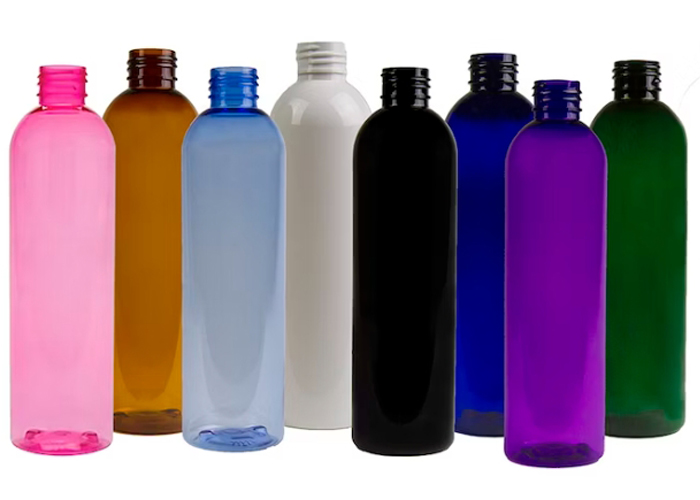
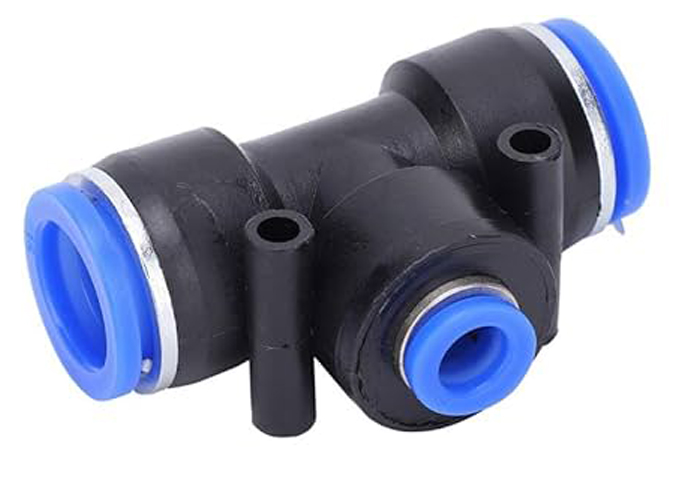
Polybutylene Terephthalate – A crystalline thermoplastic engineering polymer frequently employed as an insulating material within the electronics sector. This substance belongs to the polyester category, showcasing a remarkable equilibrium of attributes and processing qualities.
General Purpose Polystyrene – Exhibiting a glass-clear appearance but possessing minimal impact resistance, this material finds its primary application in CD cases. Its notable clarity renders it suitable for creating translucent hues, although an occasional violet tint may be discernible.
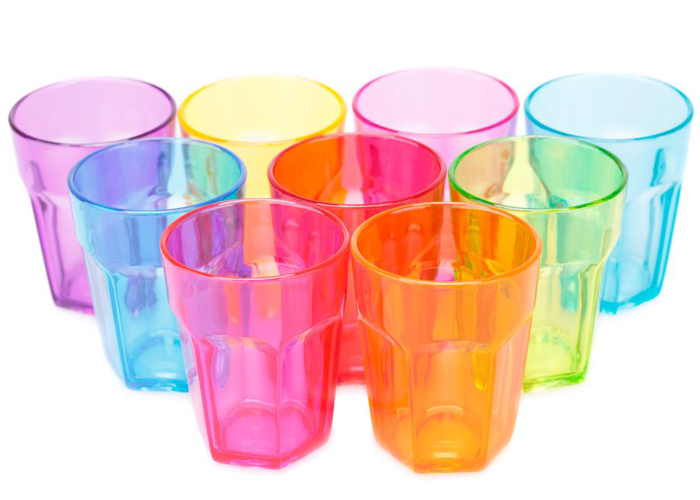
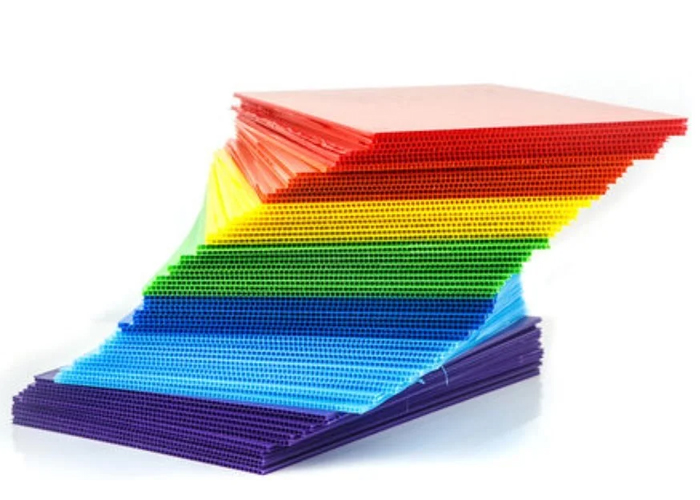
High Impact Polystyrene – Derived from GPPS by incorporating an impact-enhancing agent to boost its resistance to impacts. This added component results in the polymer becoming white, and different formulations provide varying degrees of opacity. Typically employed in the fabrication of game pieces, toys, and similar items. Its pronounced whiteness can pose challenges when aiming for translucent coloration. Specialized alternatives like K-Resin and Styrolux are accessible in the market to attain the same level of translucency as GPPS.
Acrylonitrile Butadiene Styrene (ABS) – A more robust iteration of High Impact Polystyrene (HIPS) employed in high-value components. ABS exhibits greater durability compared to HIPS-made components, although it encounters similar challenges when attempting to achieve translucent colorations. Just like HIPS, ABS offers specialized translucent variants. Owing to its durability, ABS is commonly used in crafting casings for power tools.

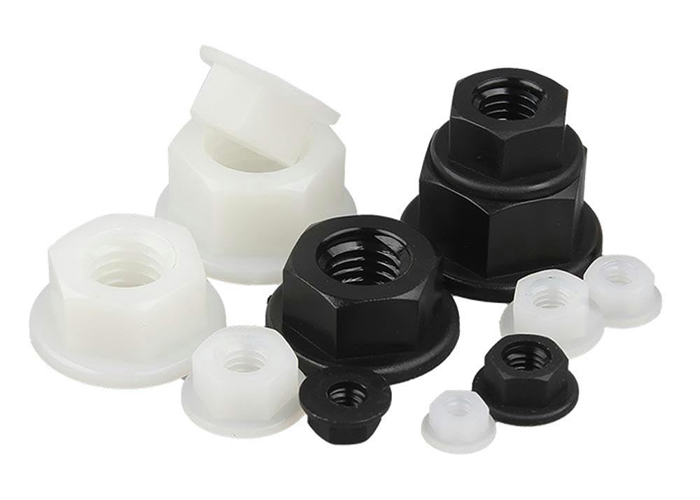
Polyamide (6, 66) – Nylon represents a versatile grade extensively employed in mechanical construction and maintenance. Its popularity stems from its excellent blend of mechanical strength, rigidity, mechanical damping characteristics, and effective electrical insulation capabilities. Consequently, nylon is a preferred material for manufacturing electrical enclosures. PA66 serves as a common alternative to metal across diverse applications, with its chemical and physical attributes closely resembling those of PA6. PA6 exhibits superior impact resistance and resistance to solvents, albeit with a heightened susceptibility to moisture absorption.
Styrene Acrylonitrile Copolymer – Possessing transparency and outstanding chemical and heat resistance, SAN also boasts good rigidity, tensile strength, and flexural strength. Thanks to its high-gloss finish, SAN is commonly chosen for cosmetic packaging purposes. However, achieving light tint colors with SAN can be challenging due to the violet dyestuffs inherent in the material, which are utilized to enhance its visual appearance during manufacturing.
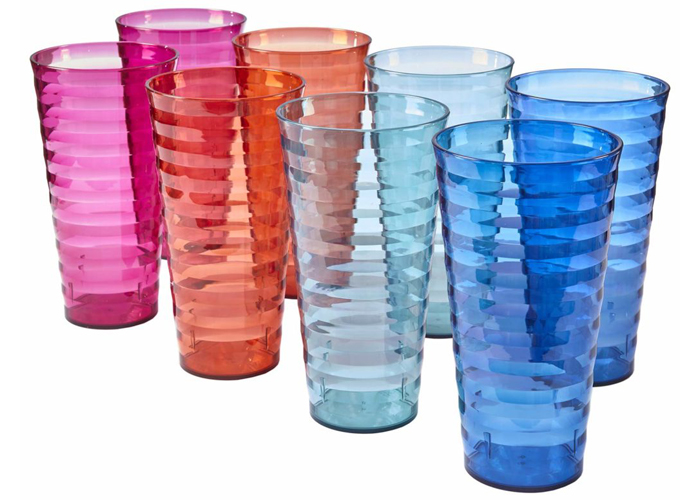

Polyethylene Terephthalate Glycol – PET with the incorporation of glycol. This glycol addition enhances flow properties but diminishes strength. PETG can be extruded to create bottles and can be formed into sheets for producing ‘blister’ style packaging.
Thermoplastic Elastomer (TPE) or Thermoplastic Polyurethane (TPU) – TPU finds diverse uses in applications such as automotive instrument panels, caster wheels, power tools, medical devices, as well as various extruded film, sheet, and profile applications. TPEs are employed across a wide range of applications in industries spanning automotive, medical, construction, electrical, appliances, packaging, and industrial sectors.
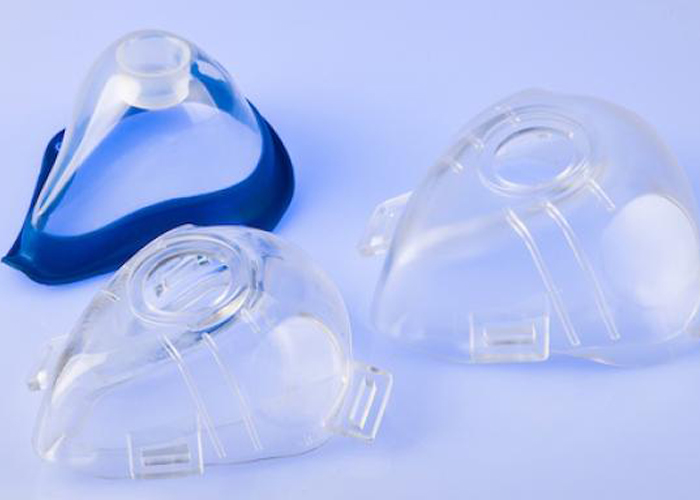
Frequently asked questions about our masterbatch
©2023. Masterbatch Manufacturer All Rights Reserved.
Our team will send back the best offer in 20 minutes.